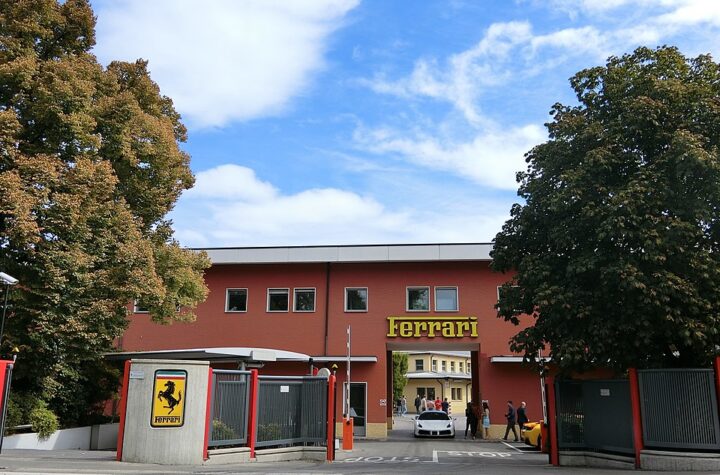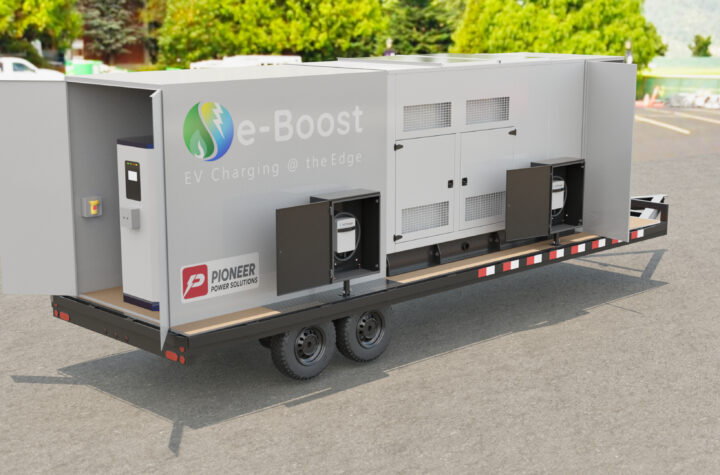
Despite continual reports about financially troubled North American automotive suppliers, an analysis by automotive market forecasting firm CSM Worldwide shows that three out of four suppliers are in good financial shape. During a recent CSM Financial Outlook client briefing for suppliers and auto industry executives, Director of Supplier Analysis Jim Gillette revealed that only about 25 percent of suppliers are in an unstable financial condition. He says most others are maintaining acceptable ratios of earnings to interest expense, a key indicator of financial health.
“Despite the troubles we’ve been seeing in the supplier sector, the sky is not falling,” Gillette said. “Of course, there’s no denying that some suppliers are struggling, and we expect to see additional Chapter 11 bankruptcy filings over the next 12 to 18 months. But the big picture shows that the majority of suppliers are operating smarter and staying healthy despite higher raw materials costs and shrinking volumes from some of the OEMs.”
Gillette debunked another myth — that a big wave of consolidations among suppliers is on the horizon. “There are some sectors, such as brake assemblies and door trim panels, that are quite fragmented and could be ripe for substantial consolidation,” he said. “But many others, including floor systems and airbag modules, are highly concentrated already. Looking at Ford as an example, almost all of its purchasing in 11 key component categories, including instrument panels, HVAC and fuel tanks, comes from just two sources per category.”
The briefing also included presentations by CSM Chief Economist Greg Mount and Global Vehicle Forecasts Vice President Michael Robinet. Mount showed how changing global economics can affect OEM strategy and positioning; Robinet examined key factors suppliers should consider to help determine which programs will be profitable.
According to Robinet, several factors will change the shape of the global auto industry between now and 2012:
– Toyota, Renault/Nissan, Hyundai and Honda together will account for 65 percent of global sales growth;
– More production will move to low-cost countries;
– There will be a shift toward smaller vehicles, the A through C segments, due to higher sales in emerging countries such as China and India (A includes mini-vehicles with engines under one liter; B is size of Chevrolet Aveo, C is equivalent to a Chevrolet Cobalt in size);
– Automakers will reduce total platform count but build more models and variants from each platform with global applications in mind;
– In North America, full-size pickup truck and full-frame SUV sales will decline two to four percent, but midsize CUV (crossover utility vehicles, e.g., Ford Edge) or MAV (multi-activity vehicle, e.g. Chrysler Pacifica) crossover-type unibody vehicles will see double-digit growth.
Robinet said supplier success will depend on developing successful new technologies that meet at least one of four needs:
– Fulfill a specific consumer demand;
– Solve a labor, manufacturing or packaging issue;
– Be introduced early enough to be designed into a vehicle in a cost- effective manner;
– Respond to legislation that will demand new technology solutions.
Mount used a combination of population and income forecasts to suggest how OEMs might alter their sales and production strategies to meet changing demand in various global regions. He projects economic growth over the next six years to be mostly steady at current rates:
– Two percent in Europe and Japan;
– Four percent in North America, South America, Taiwan and South Korea;
– Six to eight percent in India and South Asia;
– Eight to 10 percent in China.
Mount says Toyota, Hyundai and Renault/Nissan will see the greatest overall growth, but average owner income for Toyota and Renault/Nissan will decrease slightly as those companies target customers in emerging countries. Toyota will compensate by increasing production of premium segment vehicles to target more affluent customers. Hyundai could see its average owner income rise as it introduces new, more expensive models as its customers’ incomes increase.














More Stories
Horse Logos In Cars – Car Brands With Equine History
Durable Engine Labels for Harsh Automotive Conditions
How Does Motorcycle Transport Work? Costs, Methods & Companies